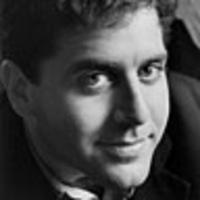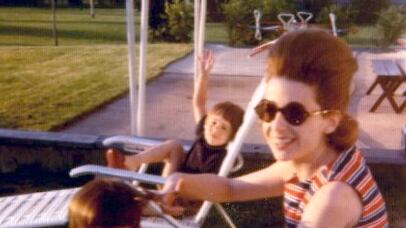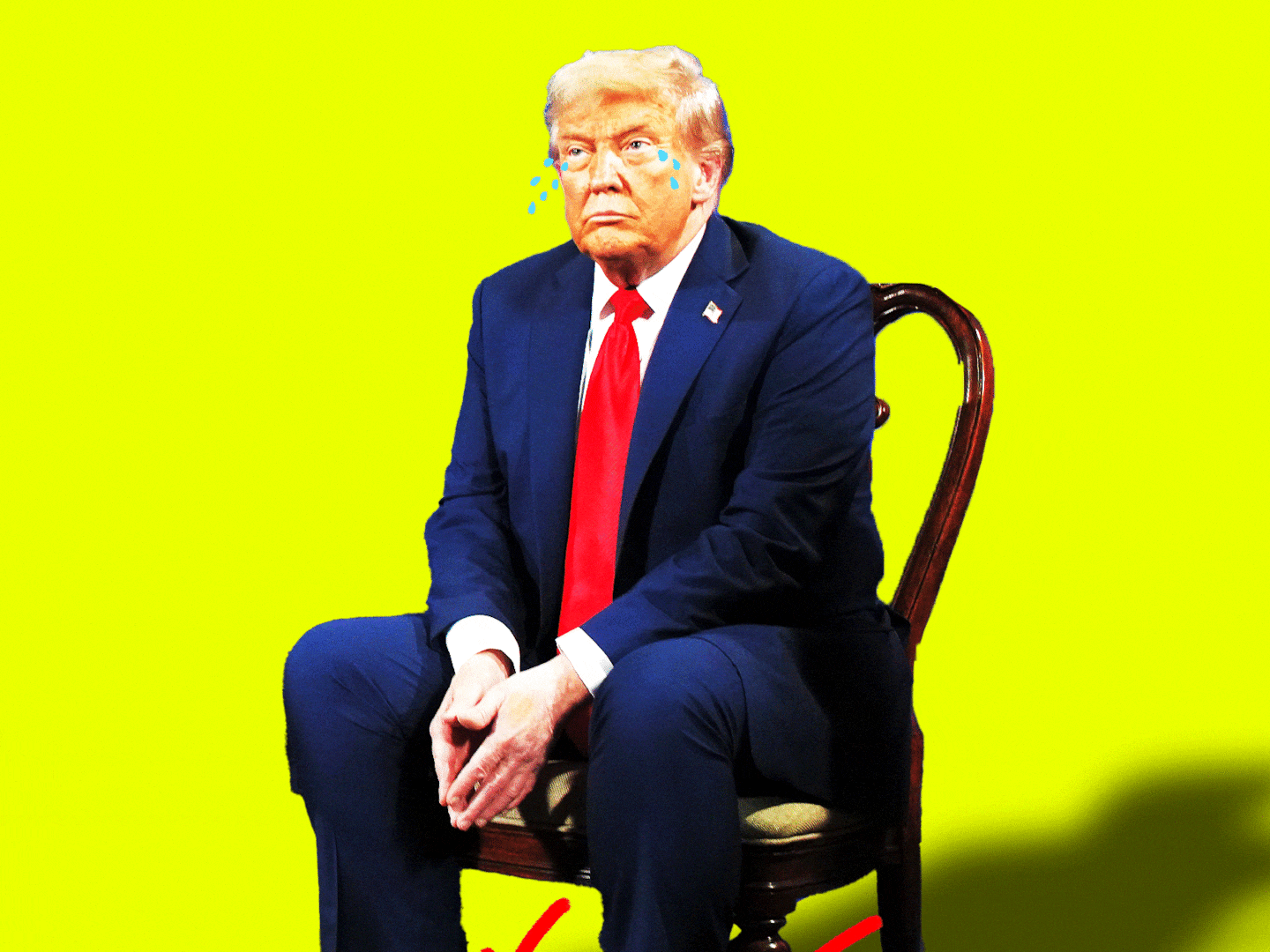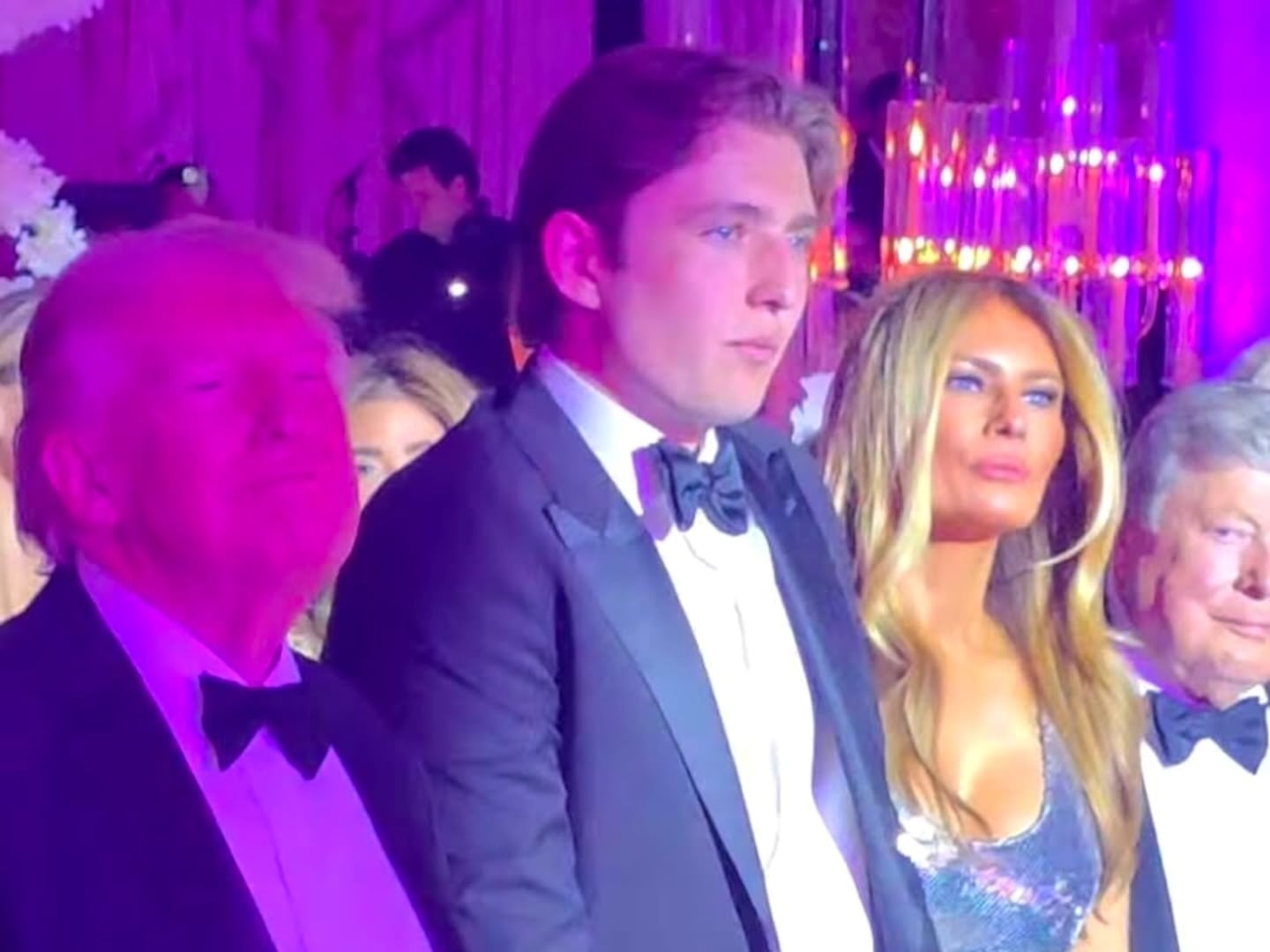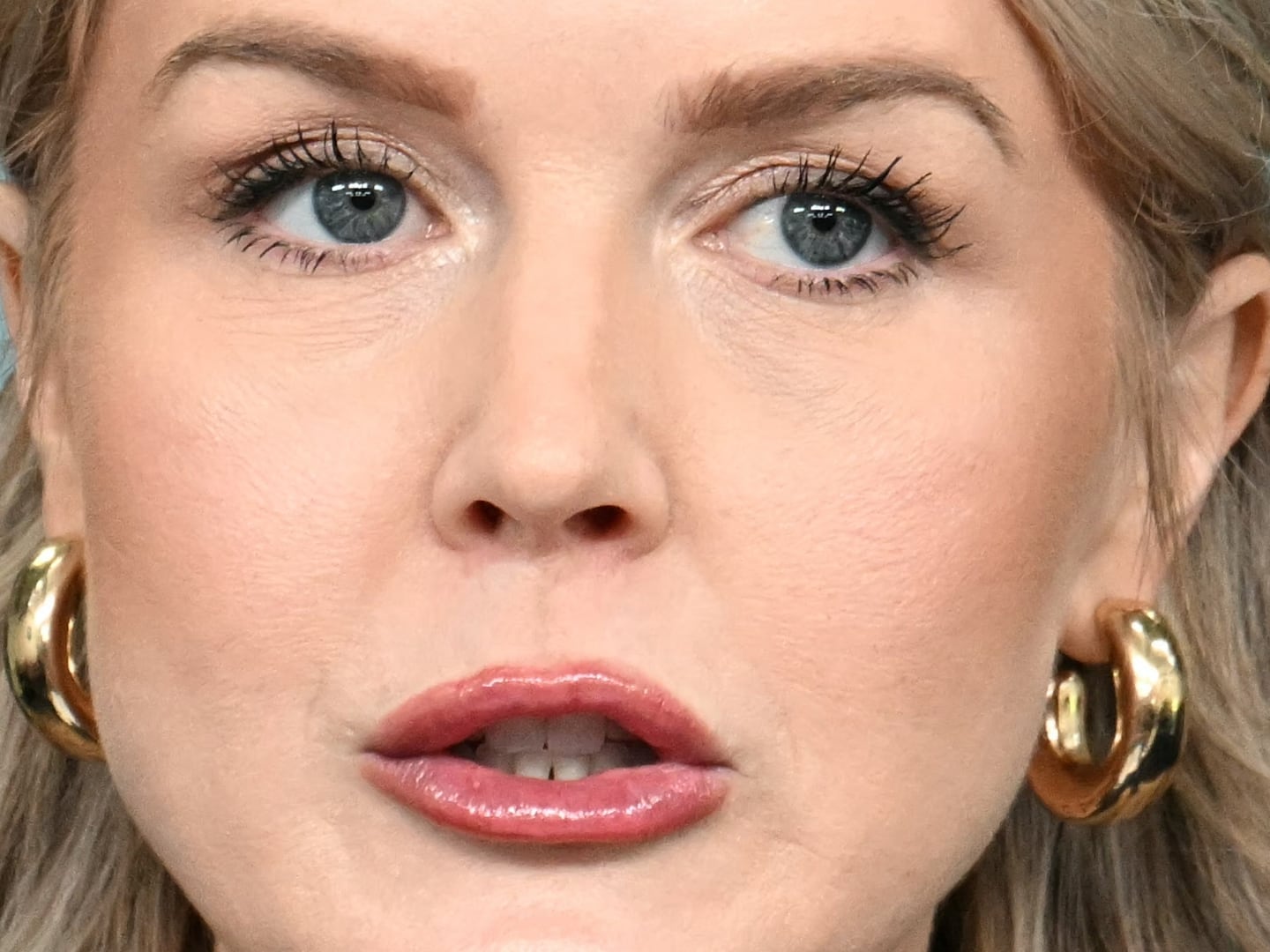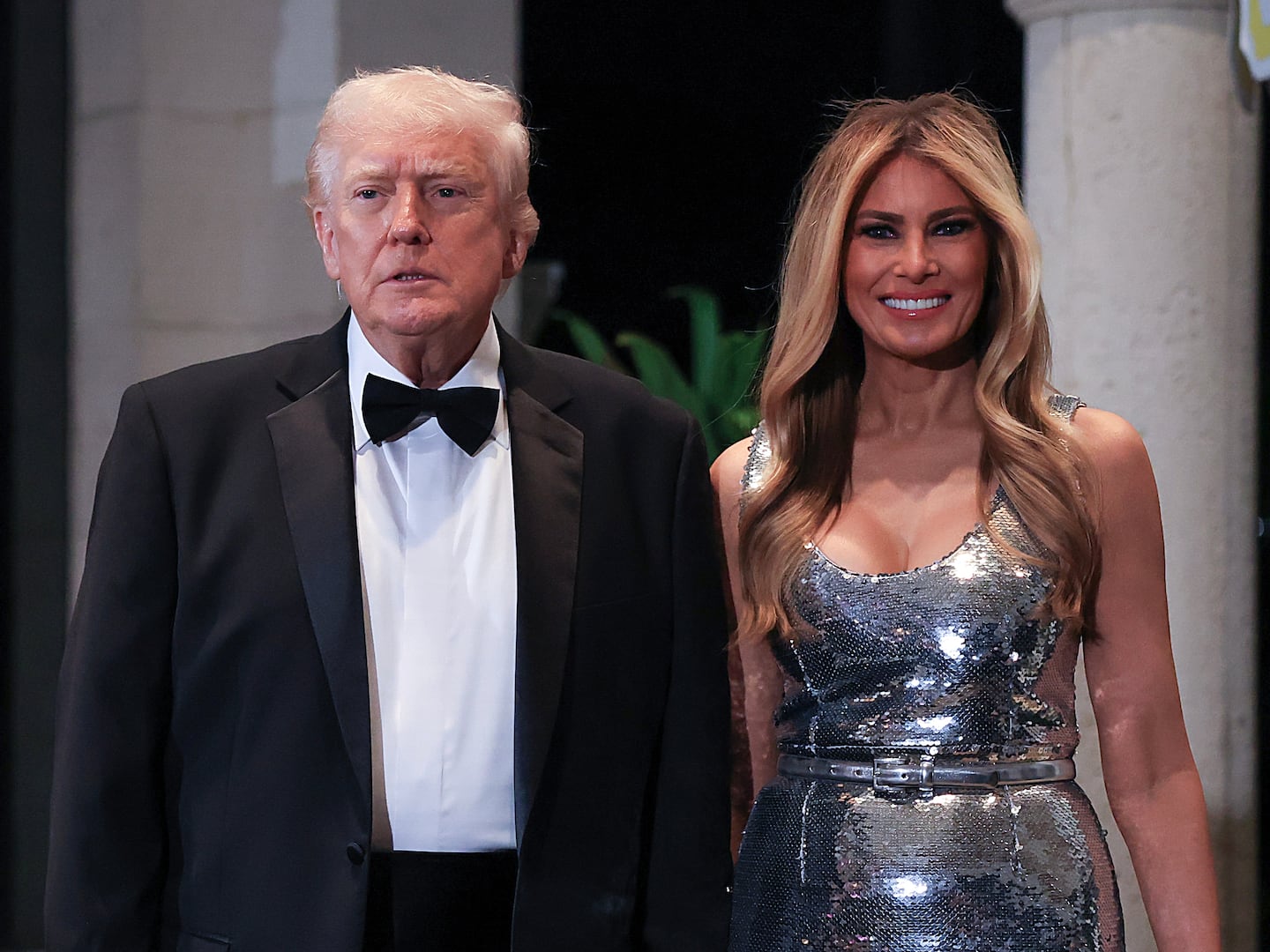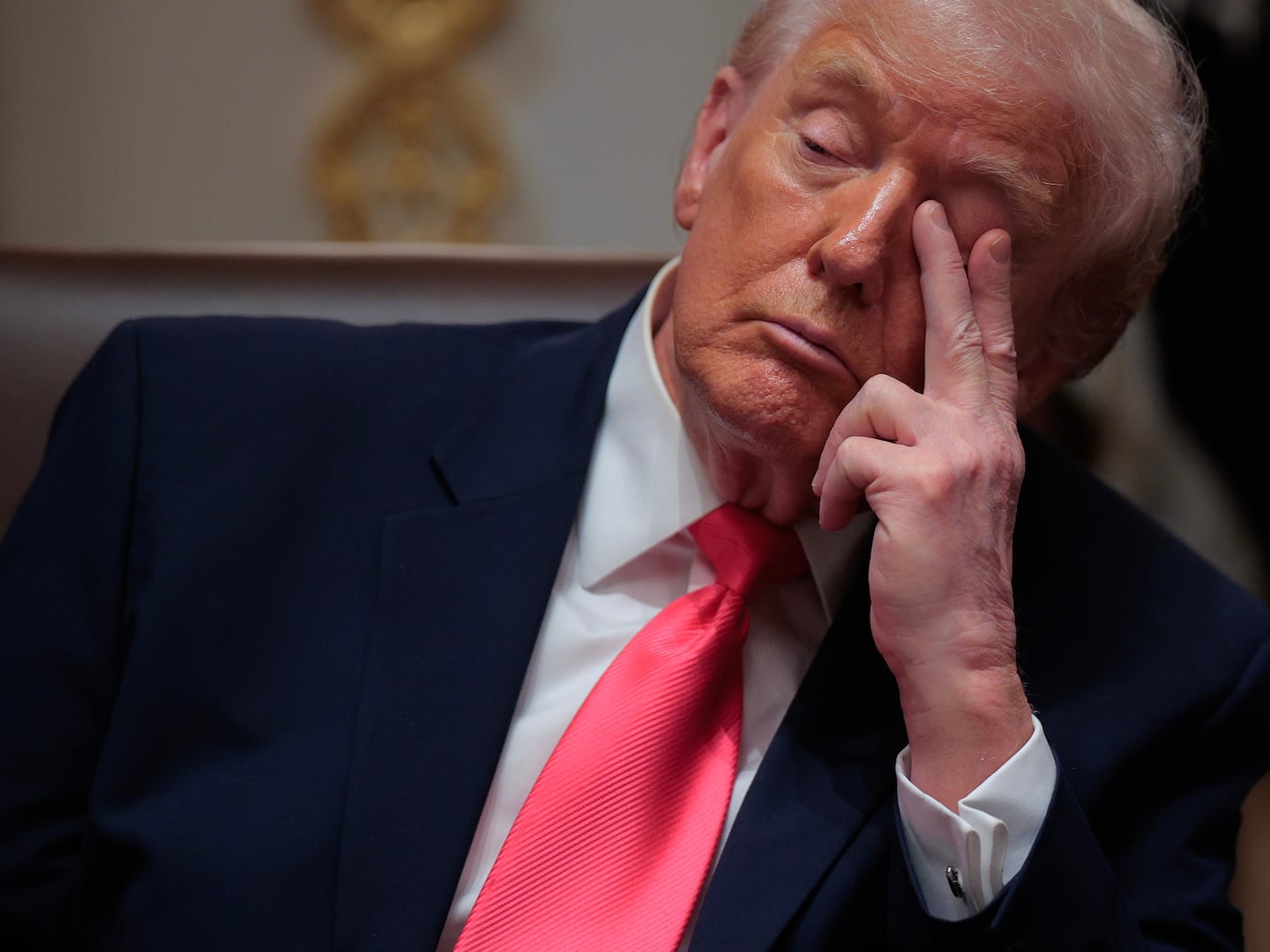
I don’t remember much about that terrible day in November, as I was just a fetus at the time, but here’s what I’ve been told: By the time the third shot was fired from the book depository behind the grassy knoll, the phone rang in my parents’ Brooklyn apartment. My mother, eight months pregnant and prone to hysteria, was watching the horror happen on live TV. On the other end of the phone was my Grandma Rose, a can-do matriarch calling from her home on Avenue U, six blocks away. The tone of her voice had the calm, cool resonance of a hostage negotiator.
“Adrienne, listen to me. This has nothing to do with you. Now turn off the television and go lie down. I’ll be over in five minutes….”
Click Image Below to View Our Gallery

These details from the weeks before my birth only hint at the effect that the Kennedy era had on a child born in its aftermath. My Mom’s ex post facto fixation began with the arrival of the Kennedy memorial issues of magazines like Life and Look that began piling up in the living room of the split-level house we moved to in the summer of 1964. Page after page featured photographs of John and Jackie, John-John and Caroline—impossibly attractive, effortlessly stylish people in godly repose—and flipping through them elicited the palpable lifestyle yearnings of a J. Crew catalog. Before long, my mother had begun to use these magazines as easy-to-follow, how-to manuals for creating a little Camelot of her own. And in my first five years, those between Dallas and the moon landing, I was raised in a suburban enclave of Kennedy culture entirely of my mother’s making.
Phase One began innocently enough, when my mom joined the ranks of the millions of women taking fashion cues from America’s stylish first lady. In the Jewish fashion week otherwise known as the high holidays, she started showing up at synagogue in Oleg Cassini knockoff dresses, her bouffanted hair beneath a pillbox hat. Young, slender and pretty, she carried off the look better than most—but would probably have elicited fewer stares had Nixon won in 1960 and had she shown up in a respectable Republican cloth coat instead.
Phase Two focused on my father. She set out to refashion a short-but-sturdy, round-faced dentist with sparse, flaccid hair into a chiseled, toothy Kennedy. Dentists are notoriously bad dressers, and my father was color blind to boot. Dad proved immune to the Jack Kennedy accents she added to his wardrobes: thin ties, tie clips, crisp shirts and athletic cut sport jackets with narrow lapels. Clothing that looked effortlessly good on JFK looked belabored on him.
Phase Three was me—the child she nearly had the day he was shot and that she hugged through her belly the day he was buried. And when I arrived, five weeks into the Johnson administration, my life began as my mother’s very own living, breathing, crying, pooping John-John doll.

It was my very first haircut that had the most lasting effect. She took me to the stripe-poled barbershop in the local shopping plaza and asked the old Italian gentleman for a “a John-John” then pulled out a collection of photographs showcasing the front, side and back of John-John’s head. She explained in exact detail the hairstyle she sought: bangs pushed forward for the effortlessly tousled look. The sides should be trimmed above the ear and the back left longer and fuller. The nice old man promised to do his best, but as he lifted the electric buzzer, my mother snatched me from his chair. On the way home, she stopped off of at the pharmacy and picked up a new pair of stainless steel scissors, long and slim with a Q-shaped finger rest. This was the day I received my first mom-administered haircut.
After that day, my mother had continued to move along the learning curve of the self-taught haircutter–amassing a sizeable collection of scissors, combs, neck buzzers, thinning sheers, plastic aprons and hair tonics (the kind of equipment the state requires one to have a license to use on the general public but somehow is available for purchase over the counter). Having your hair cut by your mother in the bathroom is not necessarily a bad thing; it was just an uncommon practice this far from Appalachia. But the sad fact was that I did not enjoy the benefits of professional haircut by a licensed barber until we went off to college. And even then, the positive effects of professional hair care were largely undone over Thanksgiving Break.
***
On a drizzly Sunday morning in the fall of 1994, I got a call from my friend Mitch, once a regular in the after-school driveway basketball games of my suburban youth and now a Manhattan Assistant District Attorney:
“Hey, a bunch of guys from work are playing touch football in the park. If you want to play, come by at Sheep’s Meadow around noon.”
“It’s raining out,” was my response, but I’d have been just as likely to beg off on a crisp, sunny day. Football has always been my least favorite playground sport, as it is premised on speed and size, both of which I lack. To make matters worse, I can only throw a wobbly spiral, and passes thrown directly at me have a way of bouncing off my chest. But Mitch added the detail that he knew might overcome my disinterest:
“My buddy John is supposed to show.”
He knew that I knew whom he meant.
An hour later, I arrived at Central Park in sweatpants and a slicker, along with another good friend from high school, Rich Rosenthal. We hopped the fence that was supposed to keep people from playing football on the recently reseeded lawn and approached some guys tossing a football around. As I got closer, I could see that the one wearing the backward Jets cap was John F. Kennedy Jr. I was about to play touch football with John-John and I could almost smell the chowder.
Quick introductions were made among the 10 or 12 of us, and I took my cue from the group when we all pretended that John was just another one of the guys, no different from all the Daves, Steves and Mikes. We chose up sides and I was assigned to John’s team. Mitch and Rich were on the other, not-John team.
On offense, John played quarterback while I quietly assigned myself the task of trying not to be an obvious detriment to our team’s effort. As we played in the cold, light rain, I noticed some photographers huddling on the other side of the fence. From that point on, I stayed close to John in the huddle, mindful of the expression on my face that might be seen in the next day’s Daily News. As good looking as he was, I would describe my response to him as a heterosexual crush. I wanted to play well so that he would like me, but that was unlikely, as I had never played well in my life. As the game went on, the team on defense quickly learned that I was the weak link on our offensive line and they assigned larger, quicker players to line up against me to get to our quarterback. I was reassigned out of necessity to be one of two or three eligible receivers but never tried terribly hard to break free from my defender. This gave John little choice but not to throw to me and he seemed happy to oblige—except on the one occasion when the guy covering me slipped on the wet grass as I left the line of scrimmage, leaving me wide open as I ran down the field. John spotted me as I broke free, pumped once, twice and then released a tight spiraled ball, thrown with some zip, as I waited near the end zone for it to arrive. The ball hit me like a precordial thump, bounced off my sternum, and went two feet up into the air, giving me a chance to drop the same ball twice, which I did. It was the last pass he threw to me for the rest of the game. There was no way I was going to be invited to Hyannisport now.
As the game disbanded and the east siders headed east and the west siders headed west, I worked my way into the circle of sweaty rain-soaked guys who surrounded John. We met once before, I reminded him, at the White House Correspondents’ Dinner, and segued sharply from there to tell him a story I thought he might find amusing: that once upon a time my mother cut my hair to look like his and that was the reason for a childhood of home haircuts. He smiled graciously at my anecdote. Then he had a question for me.
“Does your mom still cut your hair?”
“No.”
“Good for you.”
This is adapted from an essay that will appear in Sex, Drugs & Gefilte Fish: The Heeb Storytelling Collection
A former political operative, recovering copywriter, and failed sitcom writer, Mark Katz is now the founder and principal of the Soundbite Institute, a creative think tank that specializes in on-message humor. His essays have been published in The New Yorker, The New York Times, and Time magazine, and he is the author of CLINTON & ME: A Real Life Political Comedy, an account of eight years as the in-house humor speechwriter of the Clinton White House.
